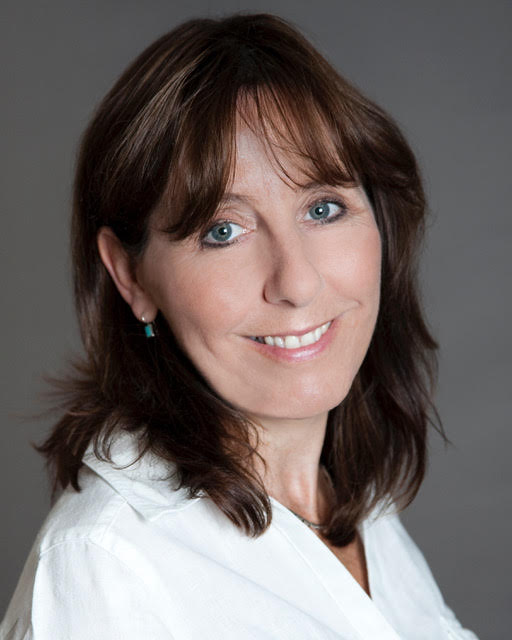The general consensus is that there isn't really any such thing as a creative brain, not in isolation anyway; it's much more a question of taking what we have and using it creatively. What we have may be imagination that finds an outlet, but it may also include seeking to find those things that stimulate creativity and feed curiosity, raising questions of 'What if?' for us to answer. This is open to us all.
There is some agreement, however, that creativity is related to the neuroplasticity of the brain, the flexible response and adaptation that the brain's neural pathways make in response to stimulation. Neural pathways, the connections between them, and the connections these make between the different parts of the brain, all play a part in the brain's inclination towards creativity. Exposure to different stimuli - new sounds, sights and sensations - create connections in the brain via the synapses, the points of connection, between the neurons. The more neurons, the more neural pathways and more synapses, and the greater the opportunity to spark ideas and solutions: and this neuroplasticity is capable of generation and regeneration throughout our lives, given the right stimulus.
Right brain/left brain
The function of the right side of the brain is generally related to visual comprehension and spatial information, while the left side tends towards language and logic: but they work together, not separately.
RIGHT BRAIN
• Intuition
• Emotional expression
• Facial recognition
• Images
• Colour
LEFT BRAIN
• Reasoning
• Numbers
• Logic
• Critical thinking
• Language
Male v. female
Yes, there is a difference. That's not to say that one is better than the other, but male and female brains do connect differently. In 2013 the University of Pennsylvania published research based on the analysis of almost 1,000 MRI scans of the brains of males and females aged between 8 and 22. Researchers analysing the scans found that male brains have more connections within each hemisphere, but female brains have more connections between the left and right hemispheres. This meant that there was greater potential for connections between the more intuitive right brain and the more logical left brain.
What does an idea look like?
An idea is generated by the network of connections in the brain, and is the result of a number of different things. 'You need memory but you also need speech and language,' says neuroscientist Professor Faraneh Vargha-Khadem. 'Thoughts are fleeting so the only way that we can capture our own thoughts is if we either talked about them, wrote them down or signed them into physical reality. The expression of ideas make us human.'
The word idea comes from the Greek idein, which means 'to see', as if we might see the outcome of our thoughts. Ideas can actually be seen to happen on an MRI scan as they generate blood flow in the brain, which then 'lights up' the area of the brain that has been stimulated. When we think of, for example, a verb associated with a noun, connections are made. Given the noun 'map' and being asked to think of a verb associated with it, we may think of 'to travel', and the creation of this idea, and its association to others, literally lights up areas of the brain.
Extracted from I Want to be Creative by Harriet Griffey
Photo by Cody Davis



